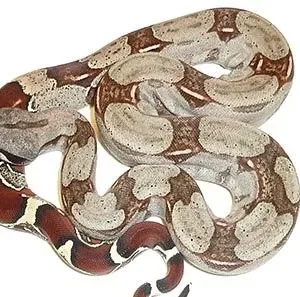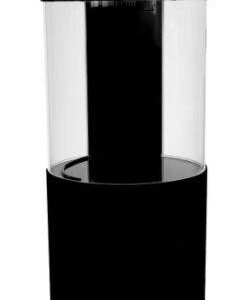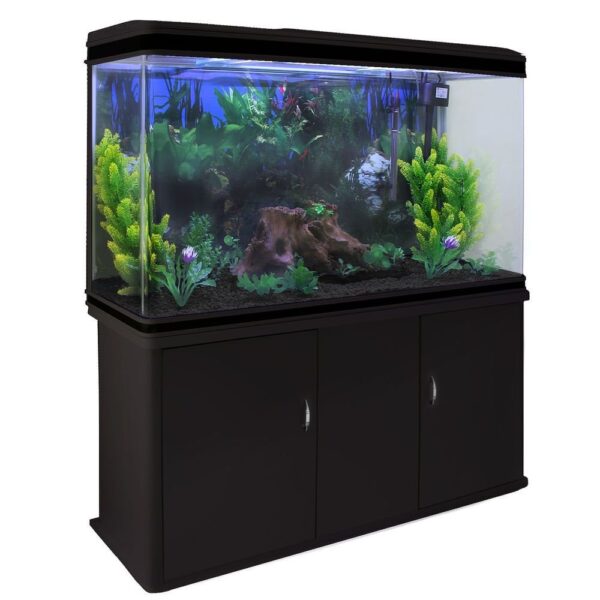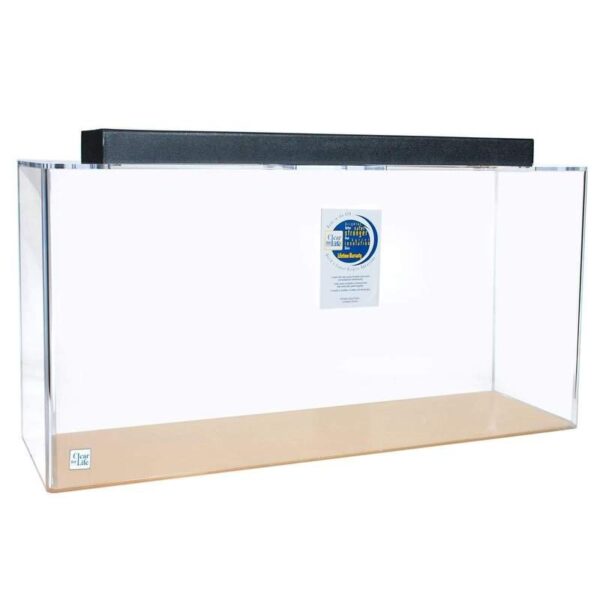Introduction For Red Footed Tortoise for Sale
Are you considering adding a Red-Footed Tortoise to your reptile family? These captivating creatures make excellent pets, known for their vibrant red legs and friendly demeanor. In this article, we will explore everything you need to know about Red Footed Tortoise for Sale, including where to find them for sale, their care requirements, and tips for creating a suitable habitat.
Table of Contents
- The Appeal of Red-Footed Tortoises as Pets
- Finding Red-Footed Tortoises for Sale
- Legal Considerations and Regulations
- Choosing a Healthy Red-Footed Tortoise
- Setting Up an Enclosure: Habitat Requirements
- Temperature and Lighting: Creating the Perfect Environment
- Diet and Feeding: Providing a Nutritious Meal Plan
- Handling and Socialization: Bonding with Your Tortoise
- Common Health Issues and Veterinary Care
- Lifespan and Long-Term Commitment
- Conclusion
1. The Appeal of Red Footed Tortoise for Sale as Pets
Red-Footed Tortoises are beloved pets among reptile enthusiasts for several reasons. Their striking red legs and intricate shell patterns make them visually stunning. They are also known for their docile nature, making them suitable for pet owners of all ages. Red-Footed Tortoises can live for several decades with proper care, providing a long-lasting companionship for their owners.
2. Finding Red-Footed Tortoises for Sale
When looking to purchase a Red-Footed Tortoise, it’s essential to find a reputable and ethical source. There are several options available:
- Reptile Specialty Stores: Many pet stores that specialize in reptiles carry Red-Footed Tortoises. Ensure that the store has a good reputation and that the tortoises are well cared for.
- Reptile Expos: Reptile expos and shows often have vendors that sell various reptiles, including Red-Footed Tortoises. This can be a great opportunity to see different tortoises and talk to knowledgeable breeders.
- Online Reptile Retailers: There are reputable online retailers that specialize in selling reptiles, including Red-Footed Tortoises. When purchasing online, ensure that the retailer has positive reviews and provides detailed information about the tortoises’ health and origin.
3. Legal Considerations and Regulations
Before purchasing a Red-Footed Tortoise, it’s crucial to understand the legal considerations and regulations surrounding their ownership. In some regions, these tortoises may be protected or require permits to keep as pets. Research the laws and regulations in your area to ensure compliance and avoid any legal issues.
4. Choosing a Healthy Red Footed Tortoise for Sale
When selecting a Red-Footed Tortoise, there are several factors to consider to ensure you bring home a healthy and thriving pet:
- Appearance: Look for a tortoise with clear eyes, a smooth shell, and no signs of injury or illness.
- Active Behavior: A healthy tortoise will be alert, responsive, and show interest in its surroundings.
- Appetite: Choose a tortoise that demonstrates a healthy appetite and actively eats during feeding time.
- Breathing: Observe the tortoise’s breathing patterns, ensuring it breathes effortlessly without any wheezing or labored breathing.
5. Setting Up an Enclosure: Habitat Requirements
Creating a suitable habitat is essential for the well-being of your Red Footed Tortoise for Sale. Consider the following factors when setting up the enclosure:
- Size: Provide a spacious enclosure that allows your tortoise to move around comfortably. A general rule of thumb is to offer at least 10 square feet of space per tortoise.
- Substrate: Use a substrate that mimics the tortoise’s natural environment, such as coconut coir or cypress mulch. Avoid substrates that can cause impaction, such as sand or gravel.
- Hiding Places: Include hiding spots, such as logs or half-logs, to provide your tortoise with a sense of security.
- Water Source: Provide a shallow water dish for your tortoise to soak and drink from. Ensure the water is clean and changed regularly.
- Outdoor Access: If possible, create an outdoor enclosure or allow supervised outdoor time for your tortoise to enjoy natural sunlight and fresh air.
6. Temperature and Lighting: Creating the Perfect Environment
Red-Footed Tortoises require specific temperature and lighting conditions to thrive. Here are some key points to consider:
- Basking Spot: Provide a basking spot with a temperature range of 90-95°F (32-35°C) to allow your tortoise to regulate its body temperature.
- Ambient Temperature: Maintain an ambient temperature of 75-85°F (24-29°C) throughout the enclosure## 7. Diet and Feeding: Providing a Nutritious Meal Plan
A well-balanced diet is vital for the health and longevity of your Red-Footed Tortoise. Here are some guidelines for their diet:
- Leafy Greens: Offer a variety of dark, leafy greens such as kale, collard greens, and dandelion greens. These provide essential nutrients and fiber.
- Vegetables: Include a mix of vegetables like bell peppers, carrots, and squash to diversify their diet.
- Fruits: Offer small amounts of fruits such as berries, melons, and papaya as occasional treats.
- Calcium Supplementation: Dust their food with a calcium supplement to ensure they receive adequate amounts of this essential mineral.
- Avoid Toxic Foods: Some foods, such as avocado and rhubarb, are toxic to tortoises and should be avoided.
8. Handling and Socialization: Bonding with Your Tortoise
Red-Footed Tortoises are generally tolerant of handling but may prefer observing from a distance. Here are some tips for handling and socializing with your tortoise:
- Approach Slowly: Move slowly and gently when approaching your tortoise to avoid startling them.
- Allow Exploration: Provide supervised time outside of the enclosure for your tortoise to explore and interact with its surroundings.
- Respect Personal Space: Allow your tortoise to retreat to its hiding spot if it shows signs of stress or discomfort.
- Bonding Through Feeding: Offer food by hand to establish trust and create a positive association with your presence.
9. Common Health Issues and Veterinary Care
While Red Footed Tortoise for Sale are generally hardy, they can still experience health issues. Here are some common health problems and the importance of veterinary care:
- Respiratory Infections: Tortoises can develop respiratory infections if kept in environments with inadequate temperature and humidity levels. Seek veterinary assistance if you notice any signs of respiratory distress.
- Shell Rot: Poor hygiene or excessive moisture in the enclosure can lead to shell rot. Regularly inspect your tortoise’s shell and seek veterinary care if you notice any signs of infection.
- Parasites: Internal and external parasites can affect tortoises. Regular fecal exams and preventive treatments are essential to keep your tortoise parasite-free.
10. Lifespan and Long-Term Commitment
Red Footed Tortoise for Sale have a long lifespan and can live for 30-50 years or even longer with proper care. Consider the long-term commitment required before bringing a tortoise into your home. Ensure you can provide the necessary care, attention, and resources for their entire lifespan.

Conclusion
Adding a Red Footed Tortoise for Sale to your family can be a rewarding experience. By following the guidelines outlined in this article, you can provide a comfortable habitat, a nutritious diet, and the necessary care for your tortoise’s well-being. Remember to always consult with a reptile veterinarian for specific advice and regular check-ups to ensure your tortoise remains healthy and happy.
FAQs
1. Can Red-Footed Tortoises be kept with other reptiles?
It is generally not recommended to keep Red-Footed Tortoises with other reptiles, as they have specific habitat and socialization requirements.
2. How often should I clean the tortoise enclosure?
Spot clean the enclosure daily by removing any feces or soiled substrate. A complete enclosure clean should be done once a month.
3. Can Red-Footed Tortoises swim?
While tortoises can swim, they are not natural swimmers and should not be placed in deep water. Provide a shallow water dish for them to soak and drink from.
4. How often should I take my tortoise to the vet?
It is recommended to take your tortoise for a wellness check-up at least once a year, or as advised by a reptile veterinarian.
5. Can Red-Footed Tortoises hibernate?
Red Footed Tortoise for Sale do not require hibernation and should be kept at a consistent temperature throughout the year.
you can get it via buycompoundexoticsonline.

















 No products in the cart.
No products in the cart. 
Reviews
There are no reviews yet.